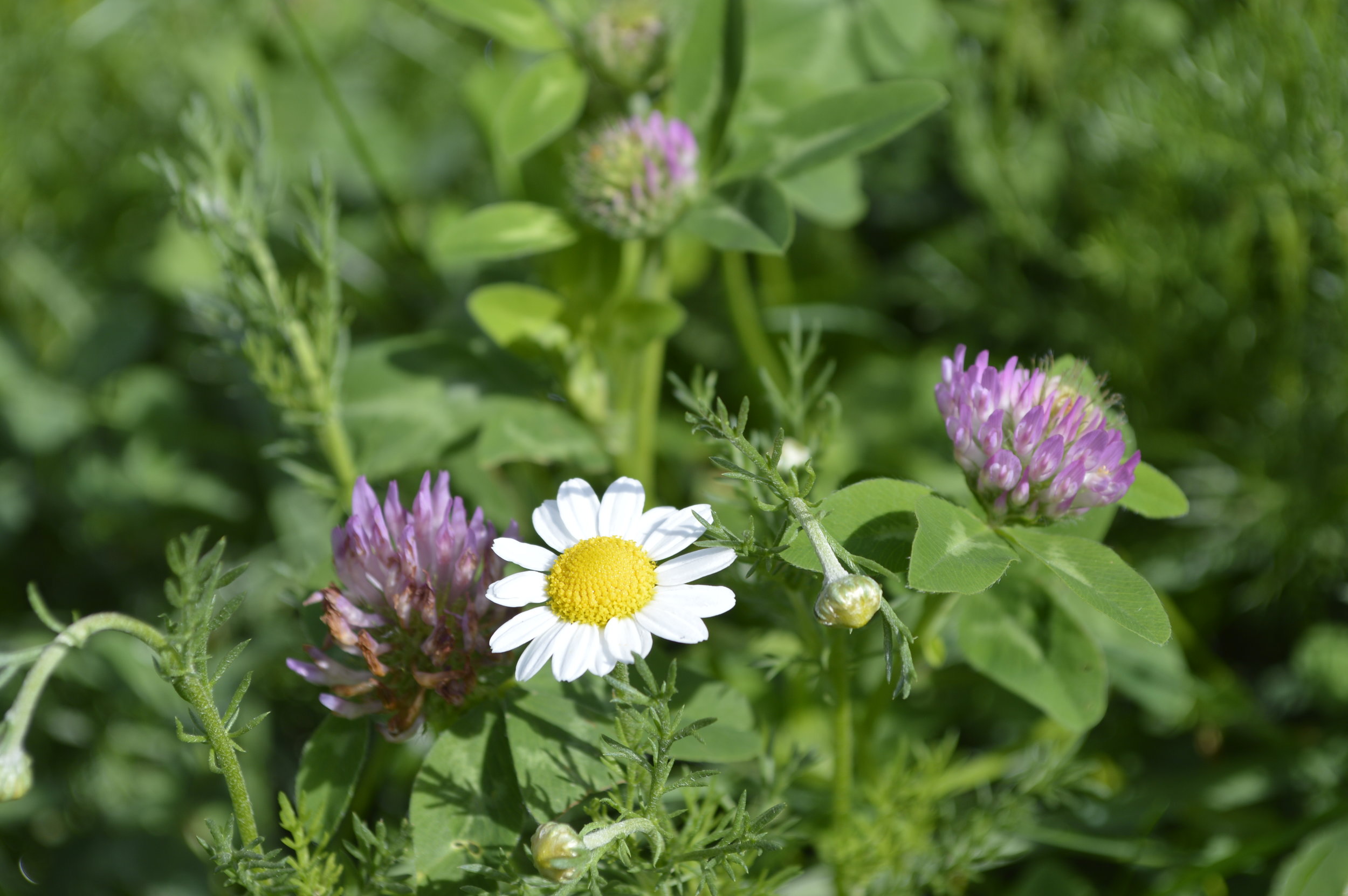Low Mow Lawns
I have a Low Mow Lawn. This has been an experiment so I can see if they are appropriate for client’s gardens. It is always best if we have experience with such things before we specify them!
My garden is full of experiments!
Low Mow Lawn Establishing Year 1- Spring.
What Are The Benefits Of A Low Mow Lawn?
Wildlife: With 26 species, this mix has a high diversity and so supports many different insects at various times of the year. This summer - my first summer - the lawn has been buzzing with pollinators, and we have found various beetles and other critters wandering through the sward. Also a frog buried in the sward taking refuge from the heat.
Watering: So far, even through two low rainfall pockets, I have not had to water the lawn once. This doesn’t mean I never will, and I will keep an eye, but so far so good! The lawn is looking lush and everything is performing well. I assume this is because the multilayered foliage cover protects the soil from the beating sun, and evaporation is reduced. Perennial roots may well travel deeper into the ground than grass so will get the deeper soil moisture.
Maintenance: Well, I have only mowed is 4 times so far this year (until end July). It was sown in November last year, and so full germination didn’t happen until this spring, so possibly I will have a couple of extra mows next year.
Low Mow Lawn Establishing Year 1 - Summer
Can You Use A Low Mow Lawn Like A Traditional Grass Lawn?
I wouldn’t probably play football every day on a low mow lawn, and if this is the purpose of the lawn then you need something much more robust. However, a lawn to lounge about on, play occasional games on, or for pets, then I’d say this is a suitable mix. We are in the garden daily, but we are not heavy users.
This lawn is NOT for the person who likes a pristine mown and rolled, weed free lawn! Not by any means! This lawn is for the person who has a more relaxed approach to their garden, and doesn’t mind a bit of texture, structural diversity, colour variation, bees, and frogs!
Chamomile and Clover - a Pollinator’s Heaven
Was it Easy To Grow?
Yes. I sowed it at the end of the optimum sowing time in Autumn, however, they do say Spring sowing is best - from Feb to May. Essentially, there needs to be enough warmth and moisture in the soil to spark germination of the seeds.
I kept it all lightly watered to help establish germination, then left it throughout winter once it because too cold. In the spring, we had a second flush of germination and now we have full coverage. There was a moment I was worried about the patches but I was assured it would all be OK.
Early Germination of the Low Mow Lawn - some rogue annuals popped up, which have since disappeared
What Flowers Are In The Mix?
This mix is from Colin Reader of Wildflower Lawns and Meadows who makes his own mixes for various soil types and uses. I used his product as he is a local business and he is an expert in his field (pardon the pun!). I have been to talks by him, and chatted to him at many garden events and shows, and so it made sense to use his seed. His customer service as also brilliant.
Below is the list of perennials he uses for his Low Mow Lawn Mix.
The Low Mow Lawn Mix (Perennials only) from Colin Reader at https://www.wildflowerlawnsandmeadows.com
Did All The Flowers Come Up In The First Year?
No. But this is normal for perennials. Some will germinate and produce flower in the first year, and others will put on green grown and establish themselves, before flowering in the second year, particularly as we are mowing them and stunting their growth! I have had a good few produce flower. Below is the order in which they presented. I had a couple of additional rogue flowers - the poppy and the Viola tricolor, but I am including these as they still added diversity and interest. Foliage I can see, and am yet to see flower are Yarrow, Common Dog Violet, Salad Burnet, Lady’s Bedstraw and Oxeye Daisy.
Some species I would expect to not make it. I have rather a lot of grass that has come through from the existing seedbank which will be quite vigorous and potentially outcompete the smaller perennials. I will have to have a think about how to deal with this next year. If I have half the varieties succeed from the mix, then I will be happy.
I will update next year to see how much more we get flower.
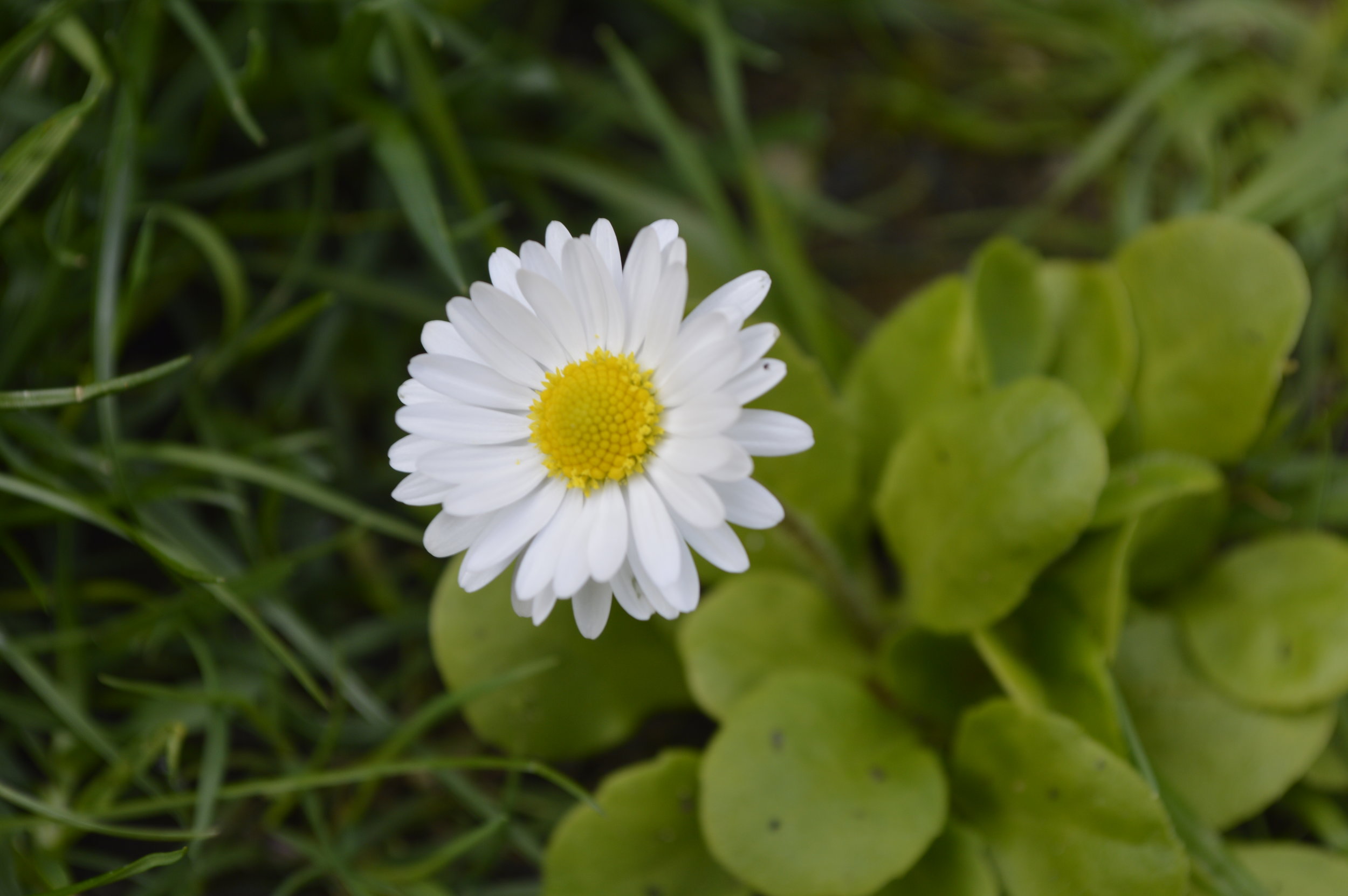
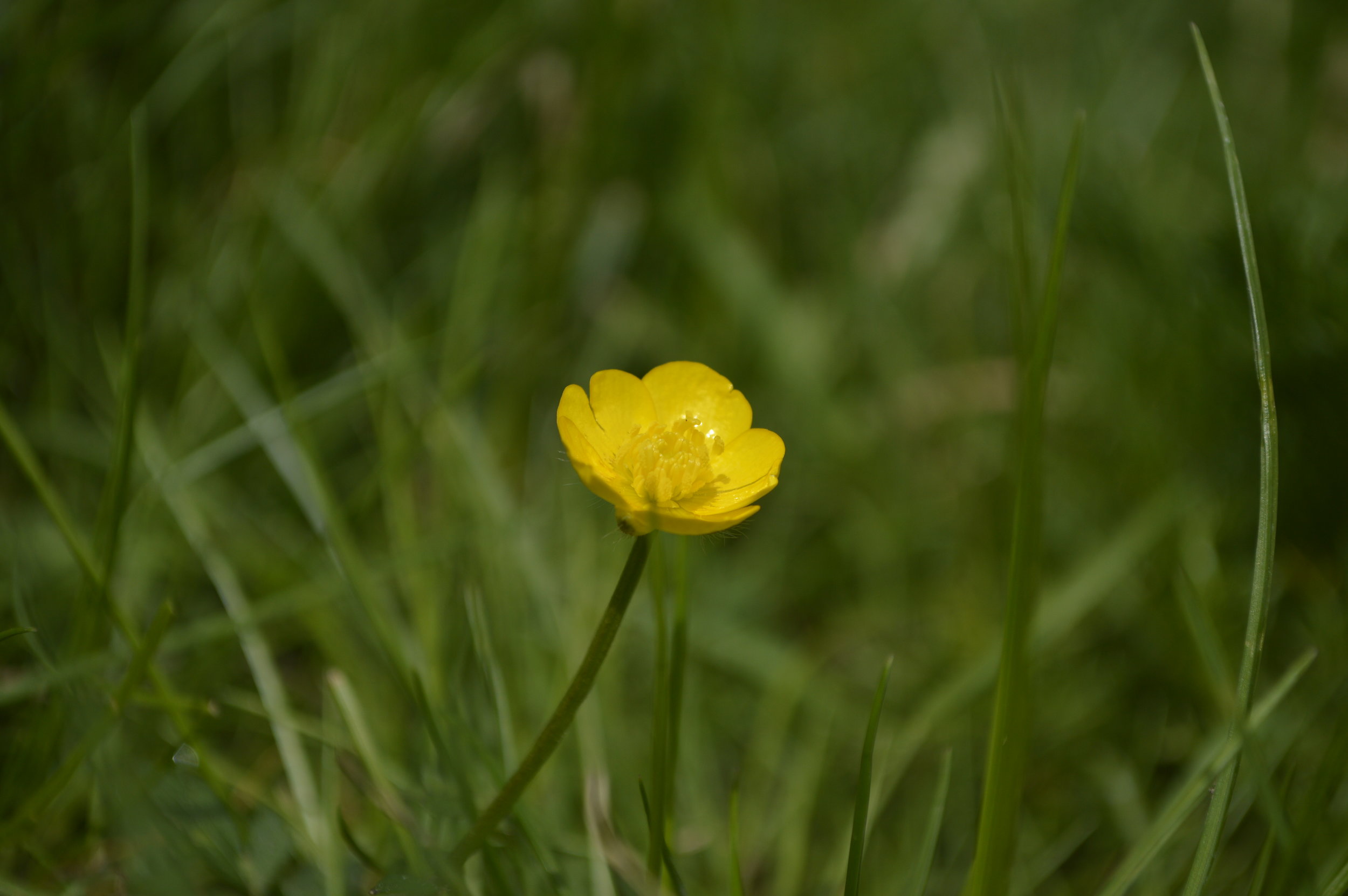
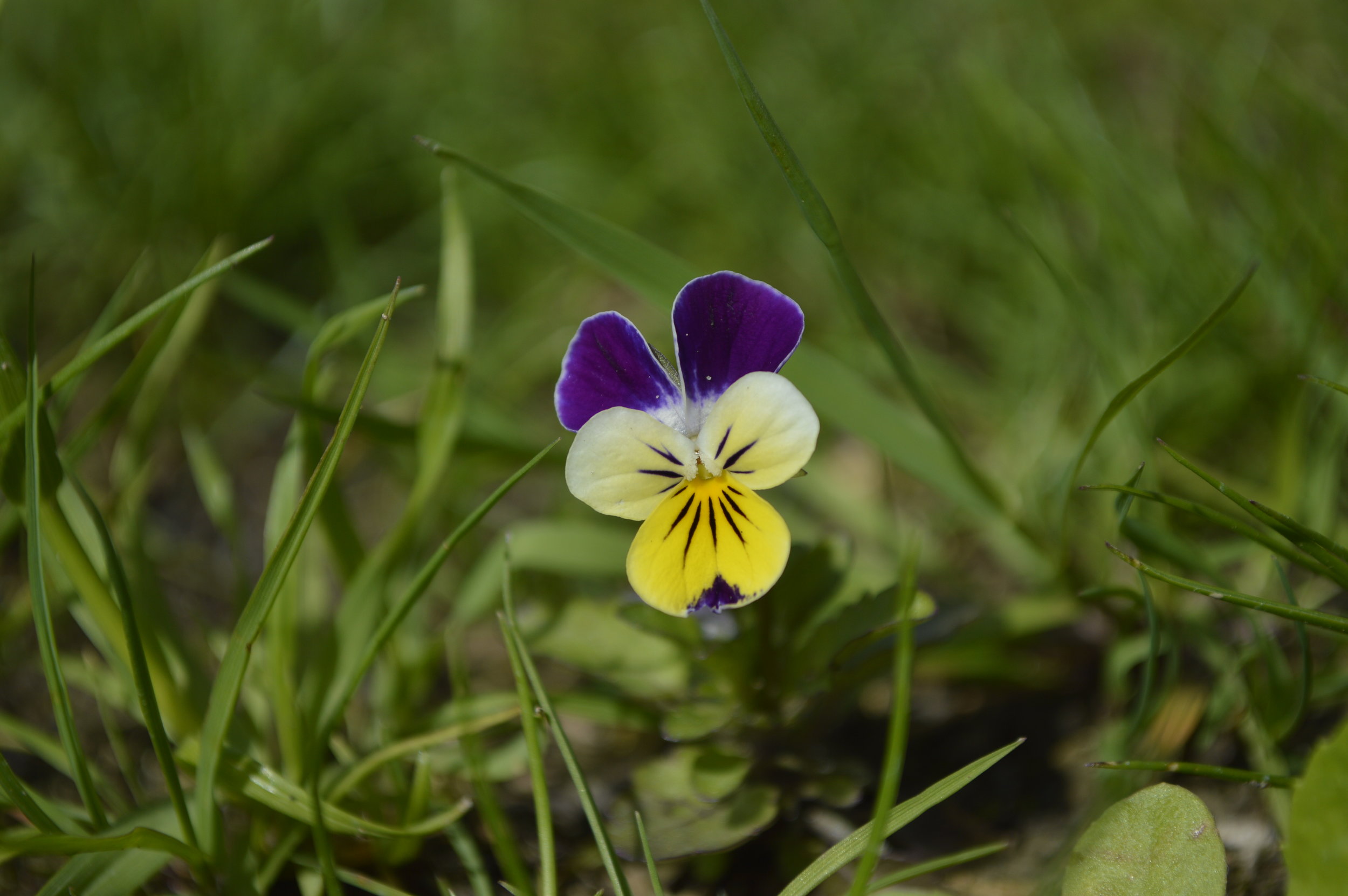
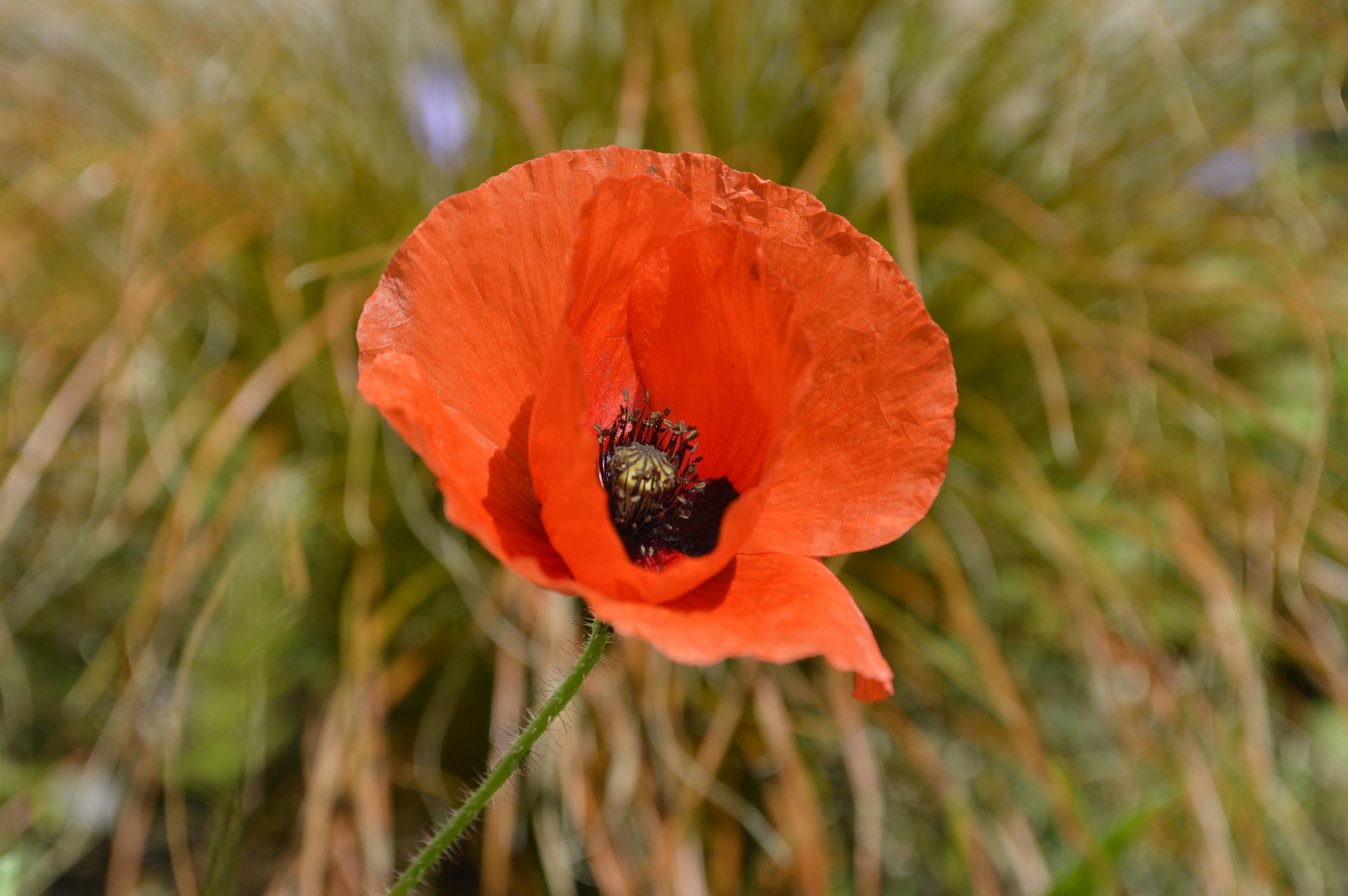
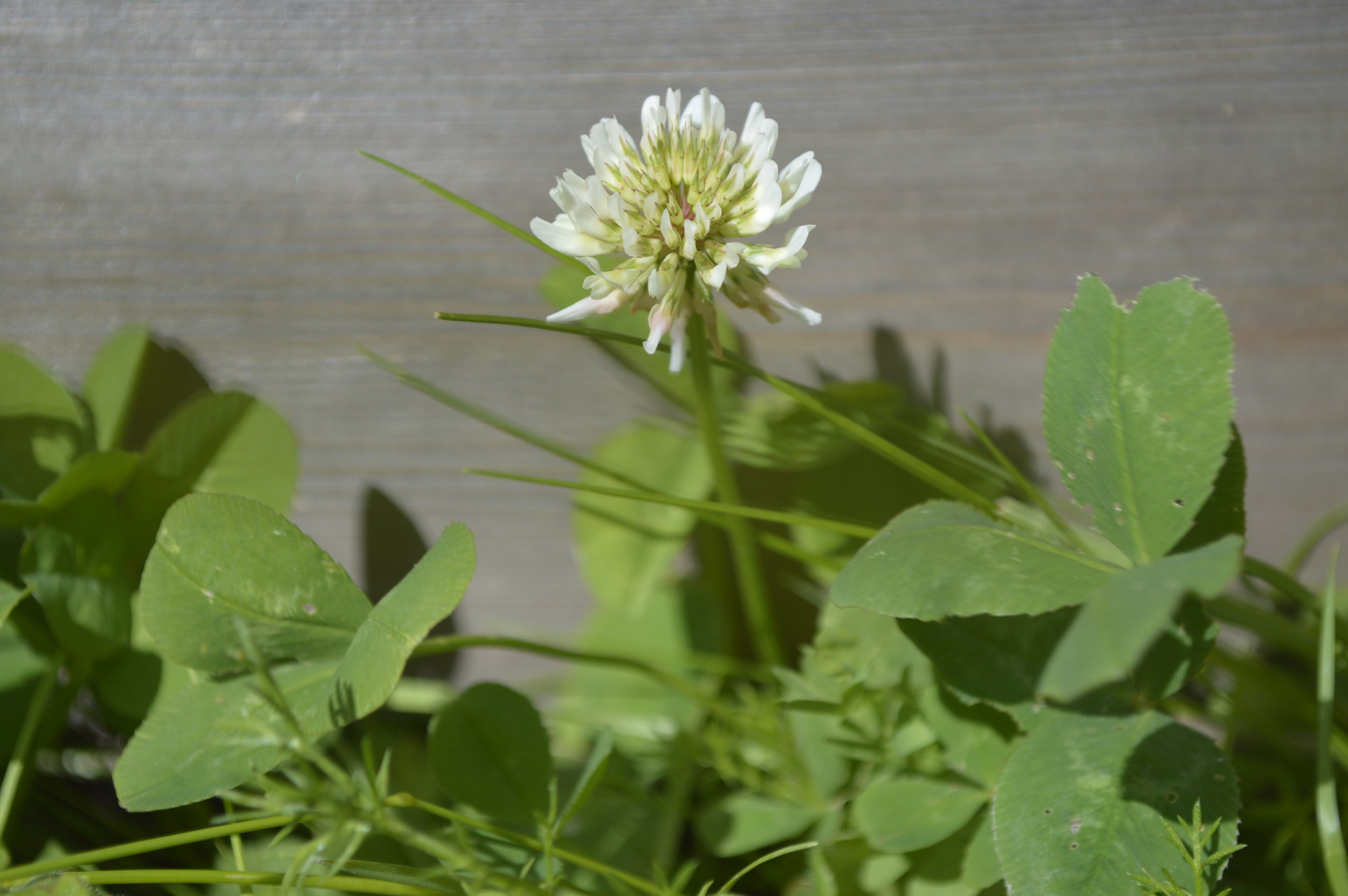
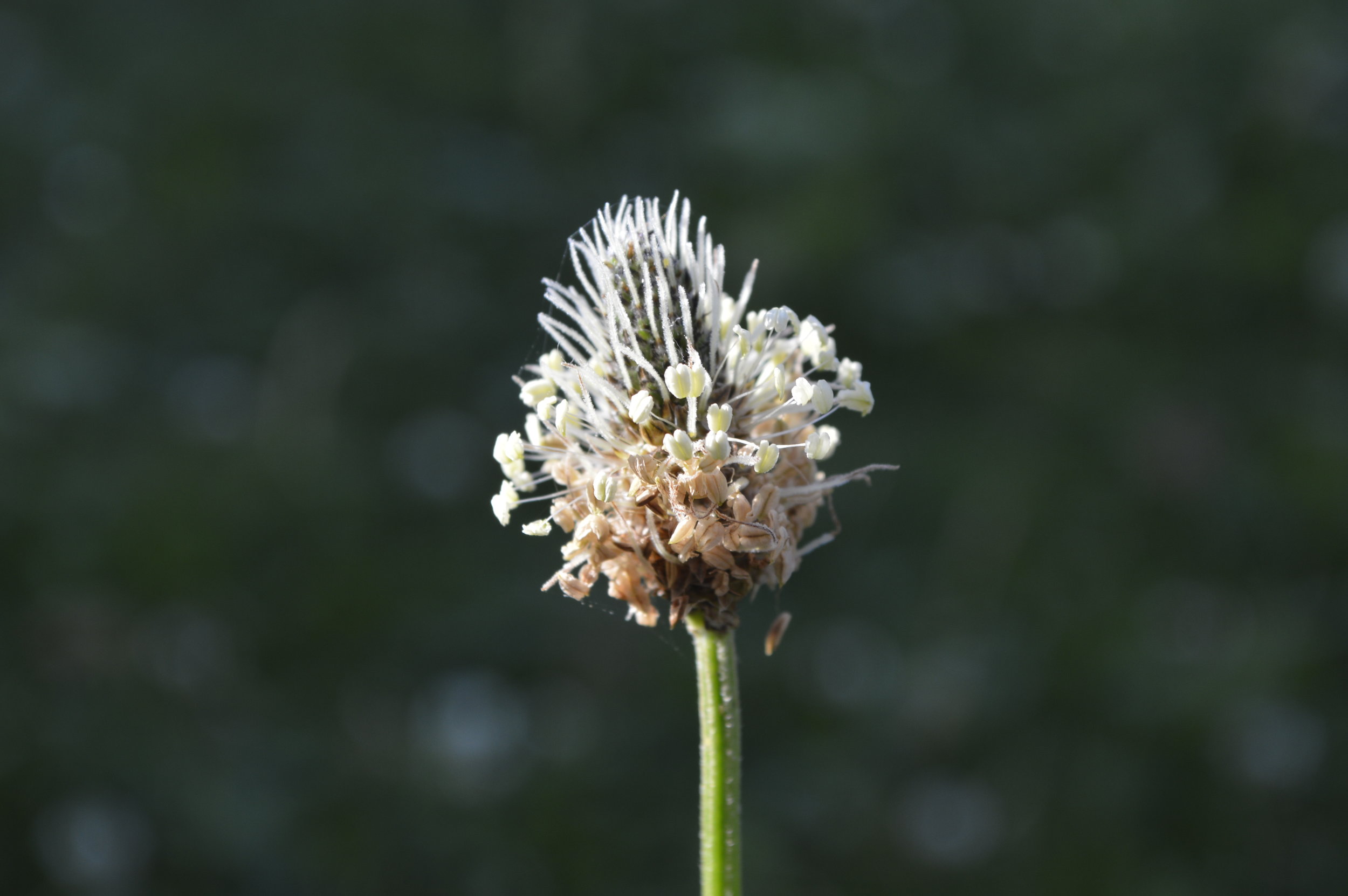
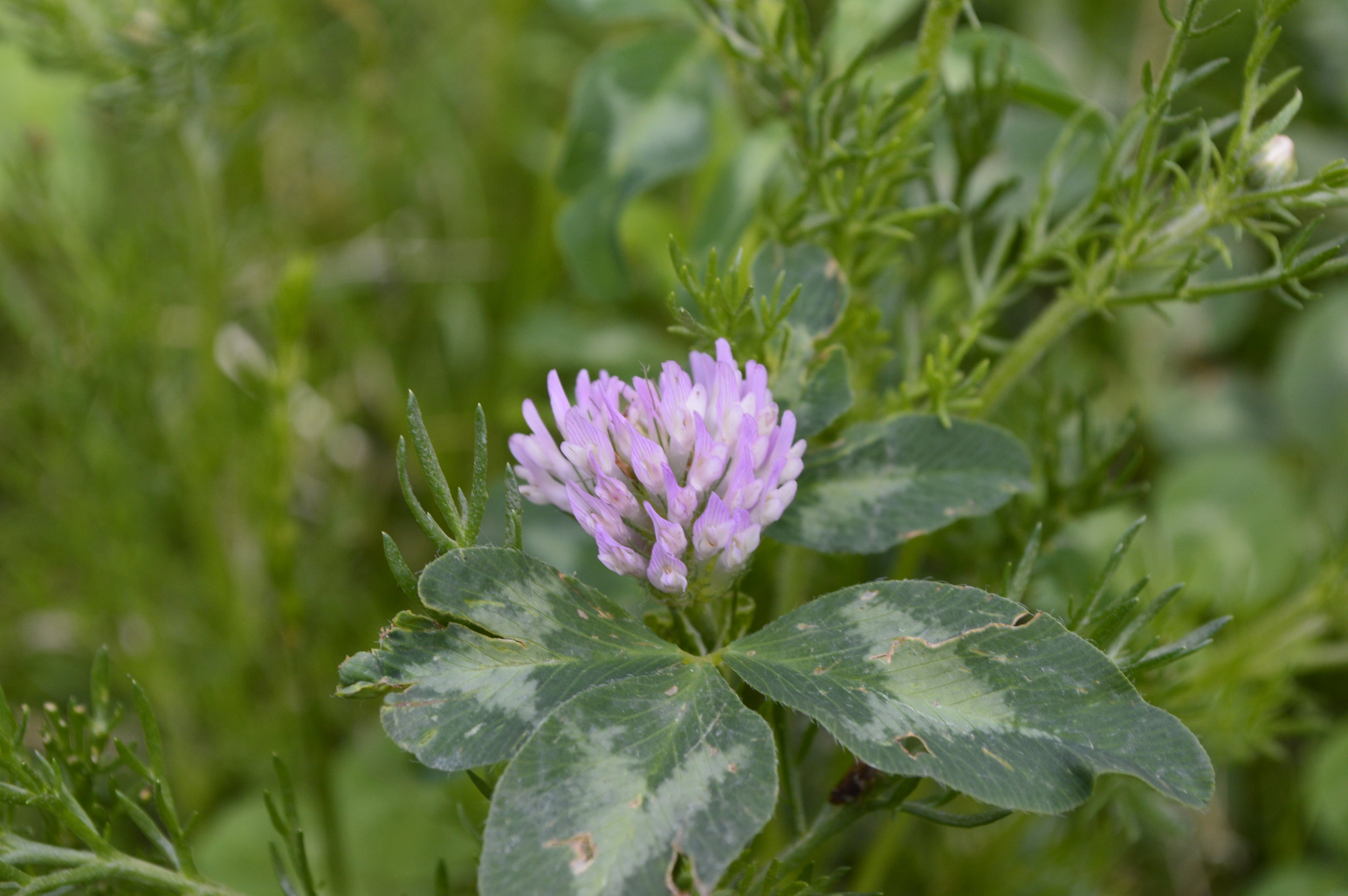
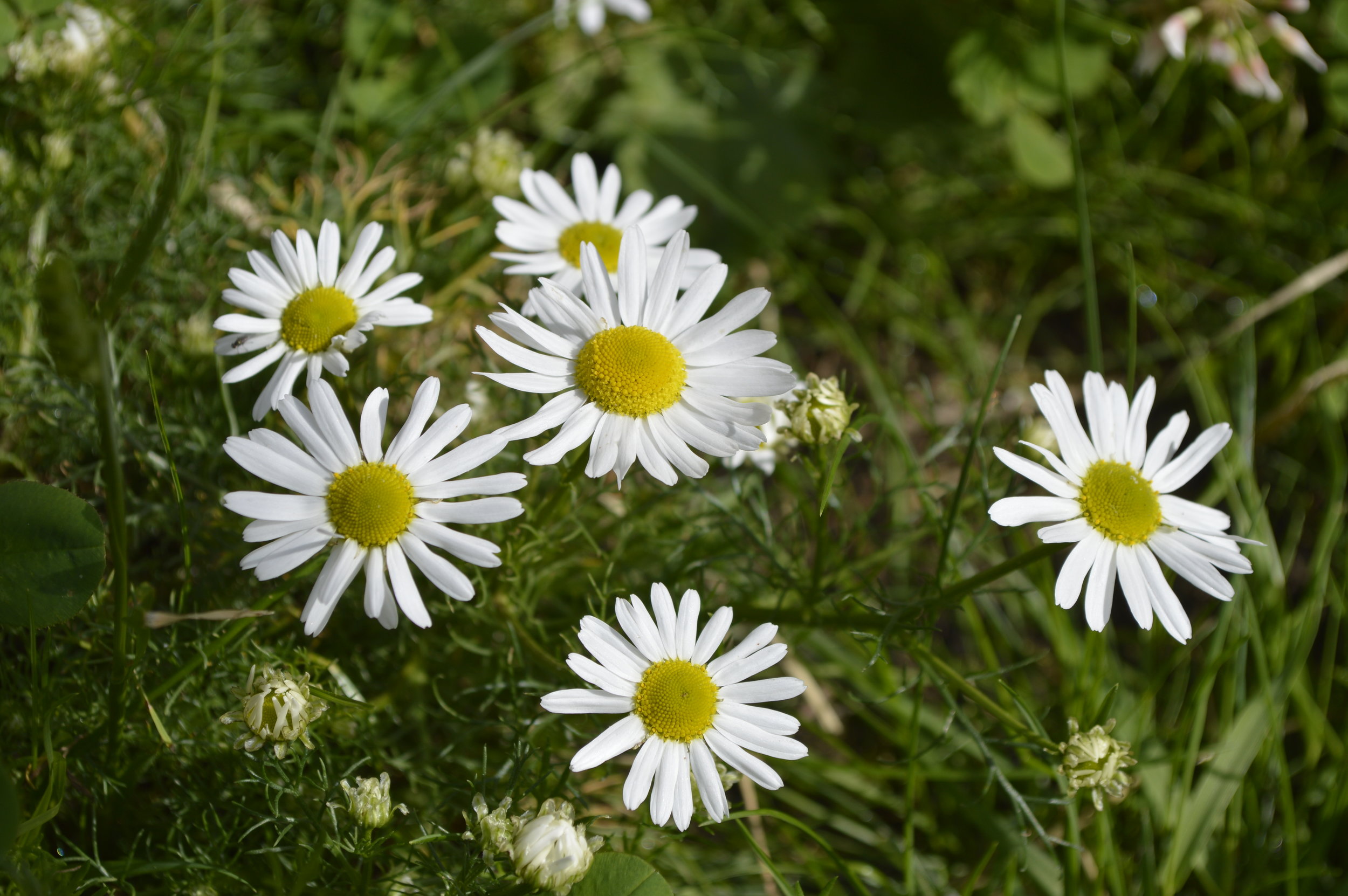
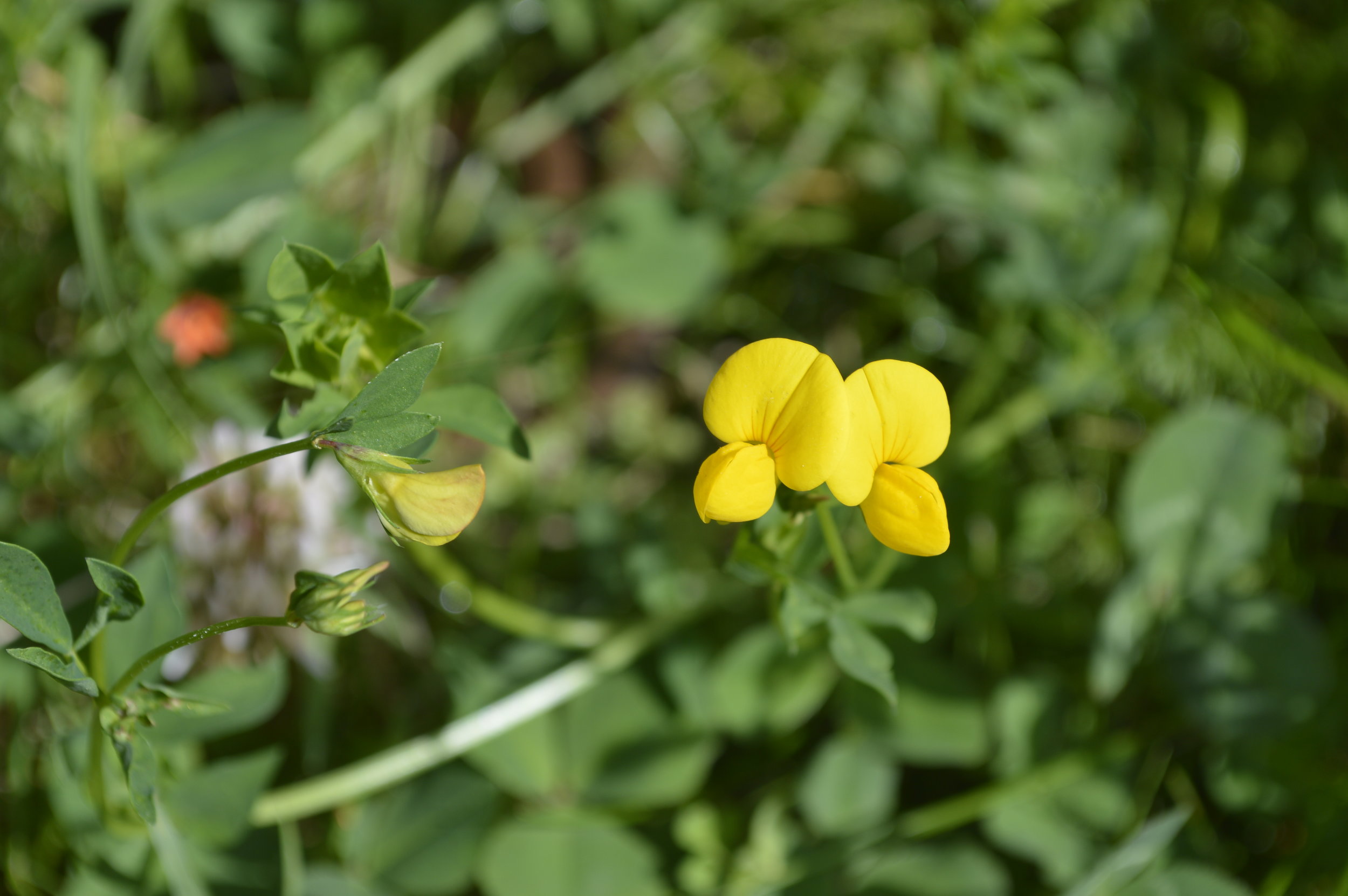
Would You Go Back To A Traditional Lawn?
Never!



